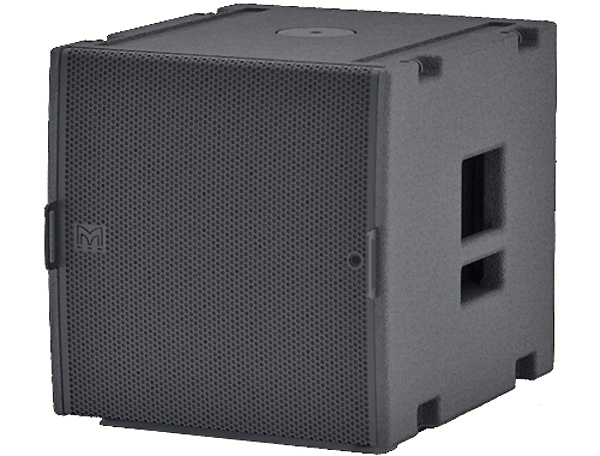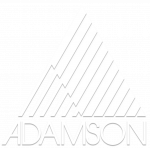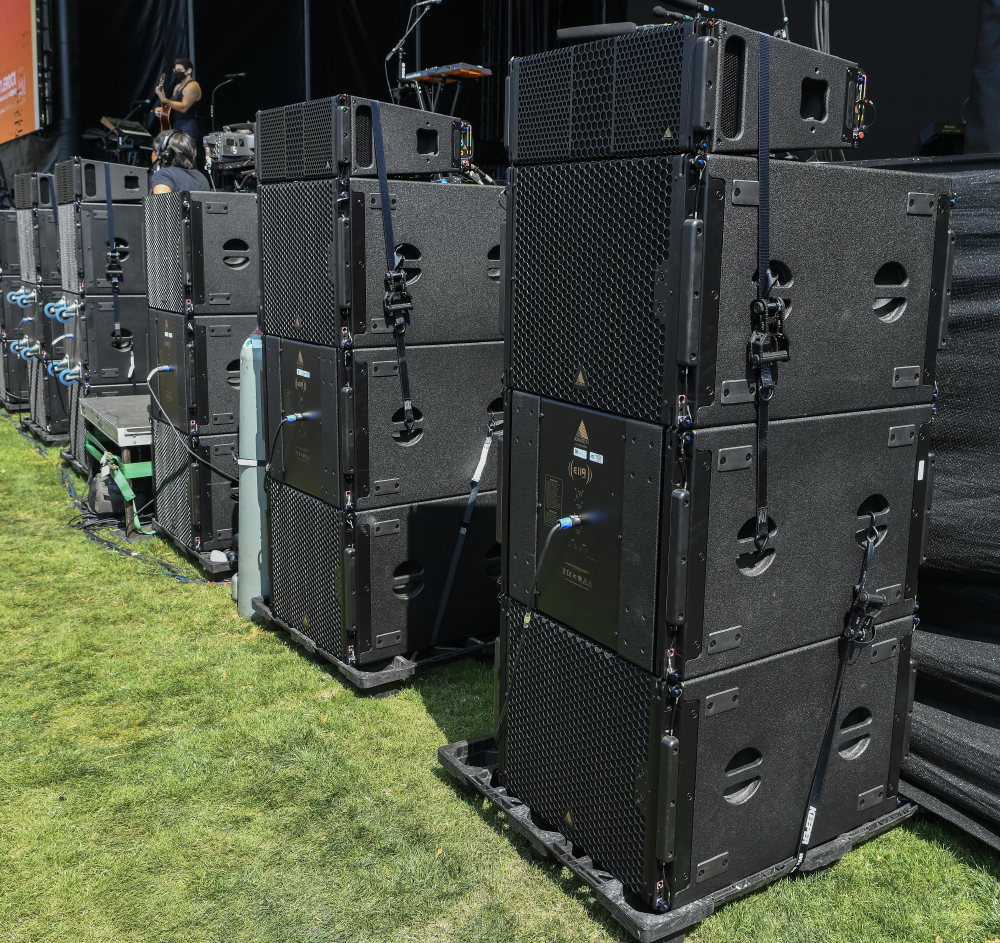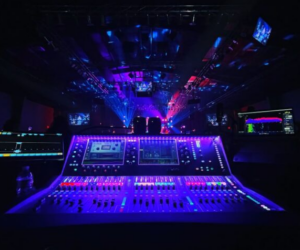Initially developed to extend low-frequency response in the 1960s, subwoofers have grown to become the most ubiquitous specialty enclosure. For years, dedicated subs accompanied modular full-range loudspeakers with predictable tops-to-subs deployment ratios, depending on the type or style of music: two-to-one for pop music, one-to-one for rock and one-to-two for reggae and rap. This was as complicated as subwoofer math initially got.
Over time, greater understanding of low-frequency physics has resulted in refinement of the general approach to subs, starting with driving them from an auxiliary send as well as sending only specific inputs, such as bass and kick. Much of today’s music is particularly bass heavy; even songs from decades ago can sound a bit “thin” without some subs thumping along with the beat.
We’ve become accustomed to hearing – and often feeling – the low end. Many popular instruments center around subbass frequencies, with the low E on an electric or upright bass having a fundamental of 41 Hz, the lower notes of a synth, piano, or five-string bass reaching below 31 Hz, and the thump of a kick drum focusing a lot of energy around 60 Hz.
Modern subs are designed using several basic principles. A common design utilizes one or more direct-radiating cone drivers in a tuned, ported “bass reflex” enclosure. Also widely used, a folded horn design places a cone driver within the interior of the enclosure, and it feeds a baffled “horn” pathway that exits the front. The tapped horn is a variant that modifies the location of the driver within the horn.
Bandpass designs resemble enclosures within an enclosure, where cone drivers in sealed or vented internal cabinets fire into a second tuned chamber before the sound exits, reducing upper harmonics while presenting a controlled LF bandwidth. Designers will sometimes use more than one of these principles to create hybrid subwoofers, such as a blended direct-radiating and bandpass cabinet.
Many of the enclosures are physically large and densely constructed, often housing a pair of 15-inch or 18-inch (and sometimes bigger) cone drivers. Yet even for their size and weight, they’re dwarfed by the lengths of the sound waves they must reproduce. A 40 Hz tone, for example, has a wavelength of over 28 feet. Given the ratio of wavelength to cabinet size, the resulting output tends to propagate omnidirectionally, especially at the lowest frequencies, though directivity-control techniques exist.
The following overview includes more than numerous models in a variety of formats. It’s by no means an all-inclusive list but is presented to serve as a solid point for your own further research.
Spotlight Listing
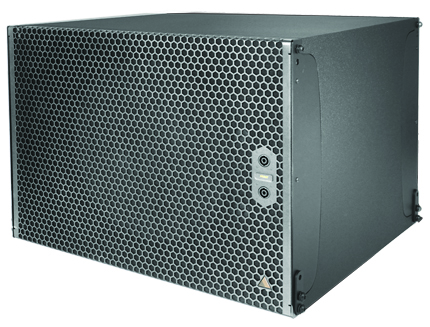
Adamson CS119 & IS119
adamsonsystems.com
The CS119 is the largest subwoofer in the powered, intelligent CS-Series. Boasting onboard amplification and DSP, the CS119 is loaded with a light weight, long excursion 19-inch ND19 Kevlar neodymium driver utilizing Adamson’s Advanced Cone Architecture. The CS119 is intended as a companion subwoofer to the CS10, CS10n and CS10p loudspeakers in the air and on the ground, in permanent installs or mobile productions.
Meanwhile, the IS119 (pictured above/left) brings the same impressive sonic footprint but in an installation-friendly cabinet for architectural deployment in flown or ground stack configurations. Designed to fit sleekly in compact spaces, the IS119 employs the same ND19 driver as its powered counterpart. In both models, the drivers are mounted in an ultra-efficient front-loaded enclosure, designed to reproduce clean, musical low-frequency information with a max SPL of 138 dB.
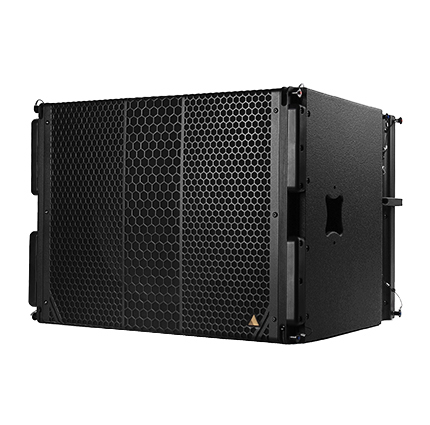
The CS119 offers male and female XLR connectors, two etherCON connections, and an in and through powerCON TRUE1 connection, with a rigging system supplying a range of options. The IS119 sports front and back Speakon NL4 connectors (or barrier strips upon request) and ships with removable handles that allow it to fit into even tighter spaces when removed.
Key Specifications (CS119):
Type/Format: Bass reflex cabinet/vented enclosure
Components: 1 x 19-inch Kevlar neodymium woofer
Frequency Response: 30 Hz – 100 Hz (+/- 3 dB)
Max SPL: 138 dB
Power: Driven by one channel of class D amplification with 3,000 watts total output
Dimensions (h x w x d): 21.4 x 29.2 x 24.8 inches
Weight: 112.5 pounds
Standard Listings
Eastern Acoustic Works SBX218
eaw.com
Components: 2 x 18-inch neodymium cones (with 4-inch voice coils), ported
Frequency Response: 25 Hz – 120 Hz
Max SPL: 141 dB (half space)
Nominal Impedance: 20 kOhm (balanced)
Power: Onboard 2-channel class-D amplifier provides up to 5,000 total watts
Dimensions (h x w x d): 21.3 x 52.7 x 31.5 inches
Weight: 208 pounds
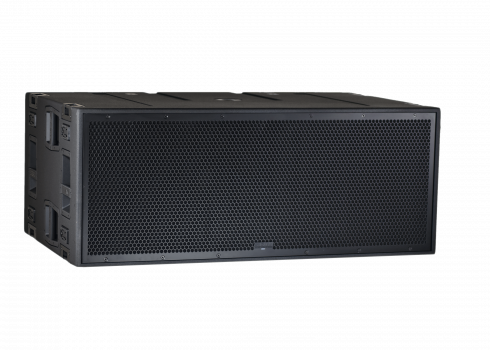
K-array Thunder
k-array.com
Type/Format: Active (passive also available)
Components: 2 x 18-inch neodymium woofers (with 4-inch voice coils)
Frequency Response: 30 Hz – 150 Hz (-6 dB)
Max SPL: 139 dB (Preset: VTX B28 80)
Nominal Impedance: 4 ohms
Power: Onboard class D amplifier delivering 2,400 watts per channel
Dimensions (h x w x d): 19 x 37.4 x 23.6 inches
Weight: 101.4 pounds
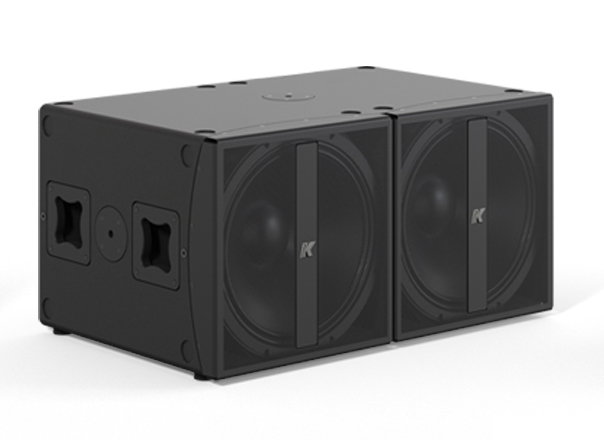
d&b audiotechnik SL-GSUB
dbaudio.com
Components: 3 x 21-inch neodymium woofers, cardioid configuration
Frequency Response: 33 Hz – 84 Hz
(- 5 dB)
Max SPL: 144 dB when driven by D80 amplification
Nominal Impedance: 3/6 ohms (front/rear)
Power: D80 amplifiers recommended: front – 1,000/4,000 (RMS/peak) watts front; 500/2,000 (RMS/peak) watts rear
Dimensions (h x w x d): 23 x 51.2 x 38.4 inches
Weight: 291 pounds
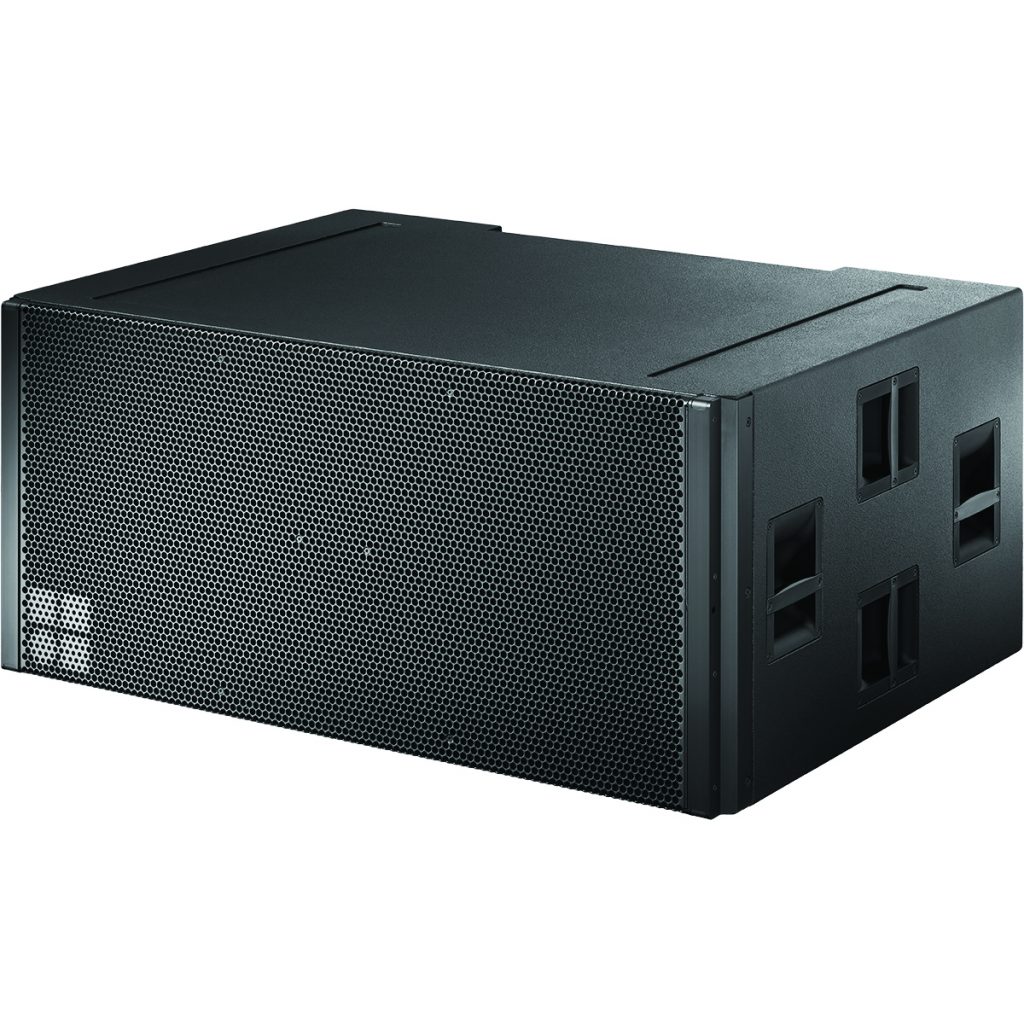
L-Acoustics KS28
l-acoustics.com
Type/Format: Direct-radiating bass-reflex, laminar-vented, with standard and cardioid configurations; ground-stack or fly with integrated hardware
Components: 2 x 18-inch cones (4-inch voice coils) with vented magnets
Frequency Response: To 25 Hz
Max SPL: 143 dB
Nominal Impedance: 4 ohms
Power: 1,225 watts RMS, driven by LA12X amplified controller also offering presets
Dimensions (h x w x d): 21.7 x 52.8 x 27.6 inches
Weight: 174 pounds
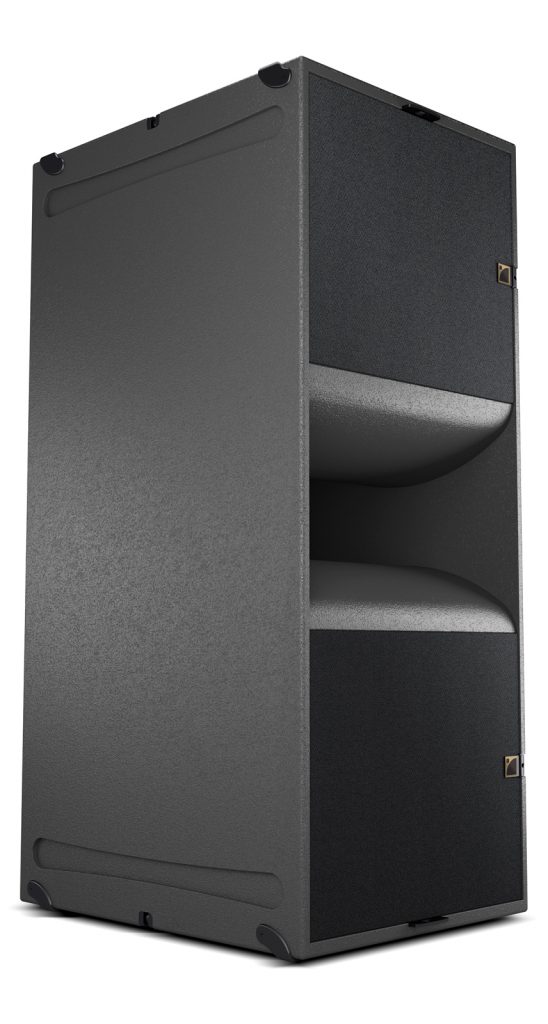
RCF TTS 18-A II
rcf.it
Components:
1 x 18-inch neodymium woofer (4-inch voice coil)
Frequency Response: 30 – 400 Hz
Max SPL: 137 dB
Nominal Impedance: Self-powered
Power: 1,400 watts RMS, 2,800 watts peak
Dimensions (h x w x d): 27.9 x 21.3 x 28.8 inches
Weight: 114.6 pounds
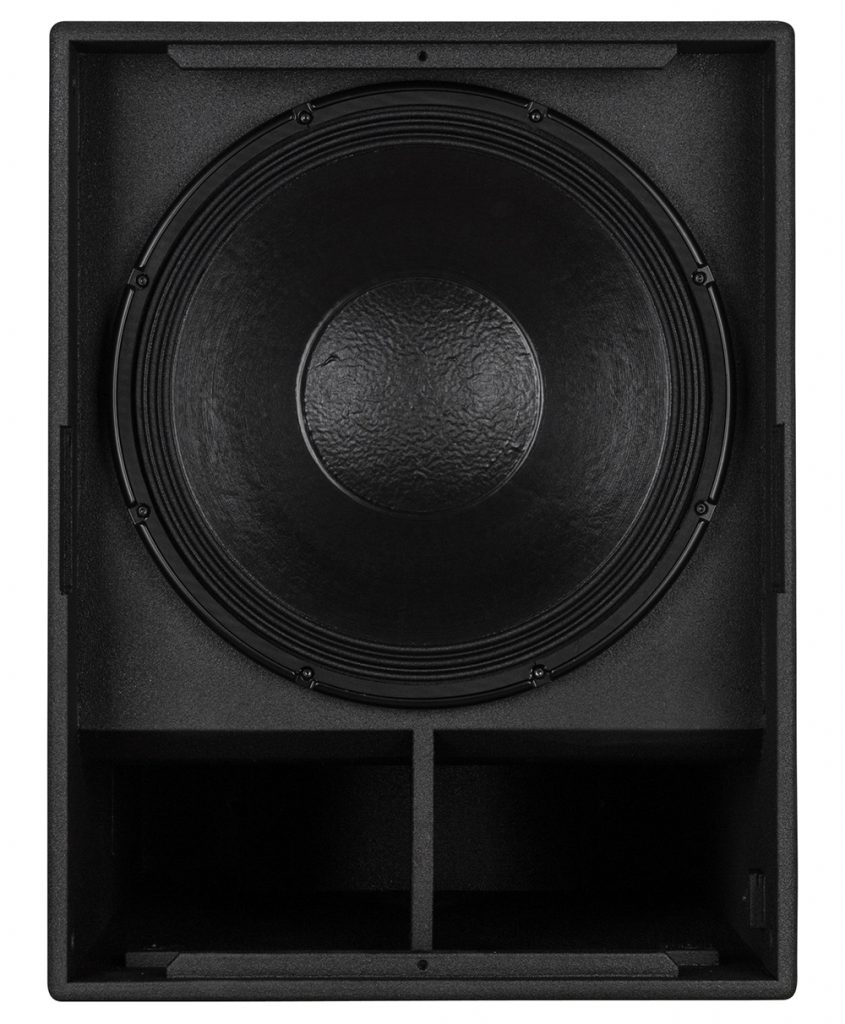
Renkus-Heinz VA15Si
renkus-heinz.com
Type/Format: Direct-radiating bass reflex; ground-stack or fly with integrated hardware
Components: 1 x 15-inch cone with dual suspension
Frequency Response: 40 – 120 Hz (+/- 3 dB)
Max SPL: 128 dB
Nominal Impedance: N/A
Power: Self-powered; non-powered version also available (1,000 watts AES at 8 ohms)
Dimensions (h x w x d): 19 x 24.4 x 22.6 inches
Weight: 120 pounds
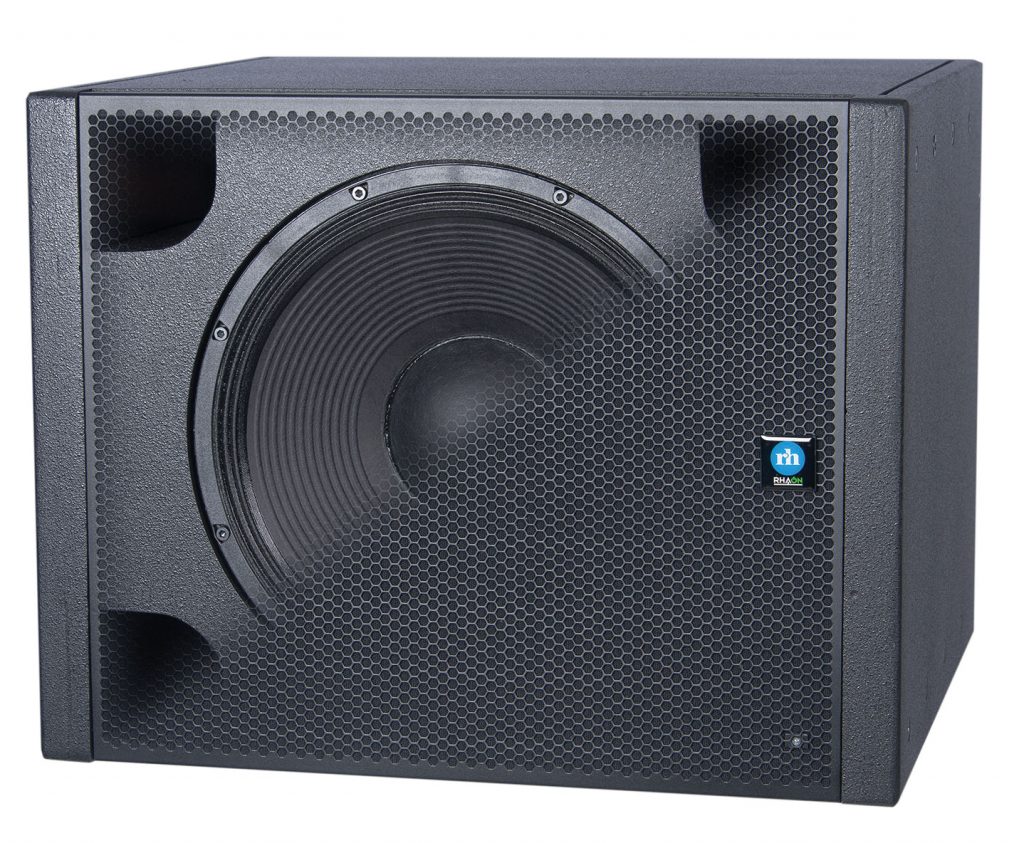
QSC KS118
qsc.com
Type/Format: Direct radiating, switchable omni or cardioid modes (minimum 2 units required for cardioid)
Components: 1 x 18-inch woofer
Frequency Response: 41 Hz – 98 Hz (- 6 dB)
Max SPL: 136 dB
Nominal Impedance: Self-powered
Power: Class D, 3,600 watts peak
Dimensions (h x w x d): 25.2 x 20.5 x 30.9 inches (including casters)
Weight: 104 pounds
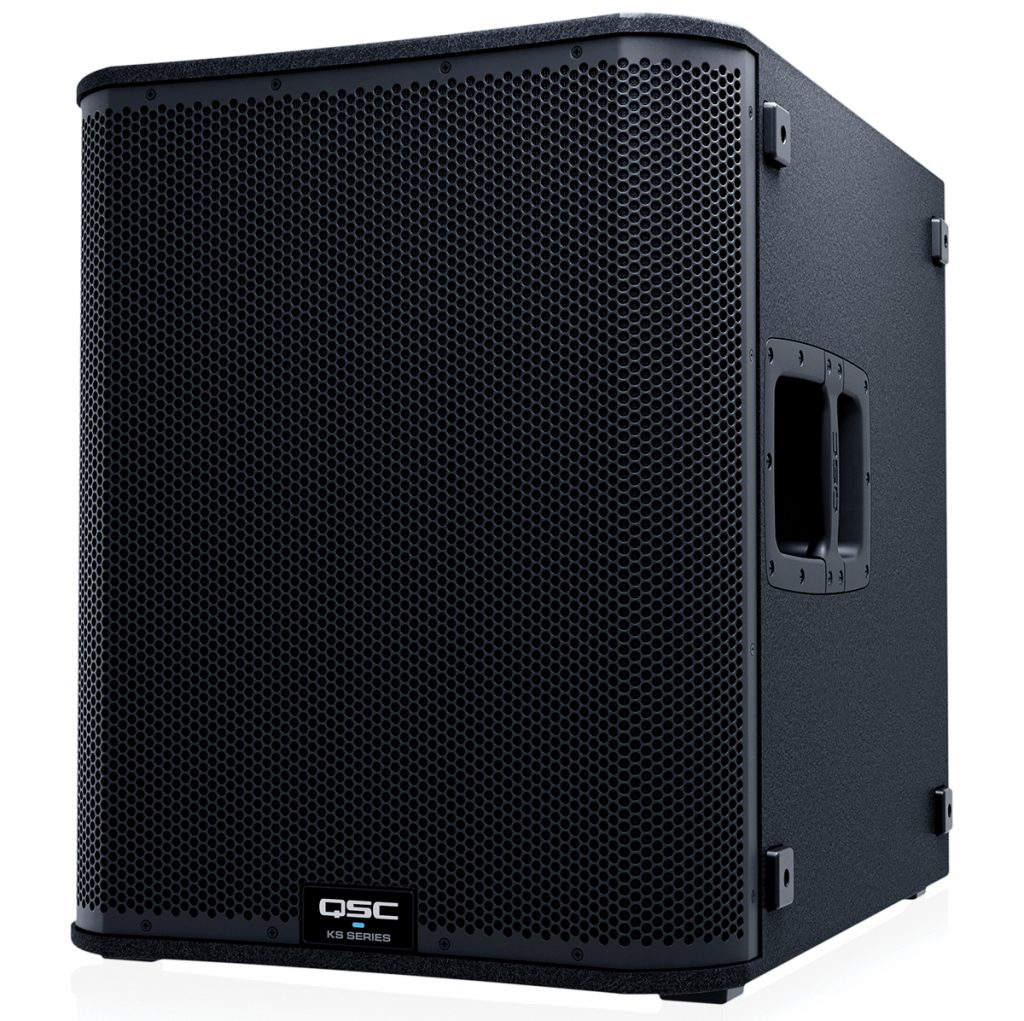
Martin Audio SXF115
martin-audio.com
Type/Format: Direct-radiating, bass-reflex; ground-stack or fly with integrated hardware
Components: 1 x 15-inch cone (4-inch voice coil)
Frequency Response: 50 – 150 Hz (+/-3 dB)
Max SPL: 136 dB
Nominal Impedance: 4 ohms
Power: 800 watts AES, 3,200 watts peak; iK42, iK81 or MSX power plant recommended
Dimensions (h x w x d): 19.7 x 20.1 x 22.6 inches
Weight: 99 pounds
